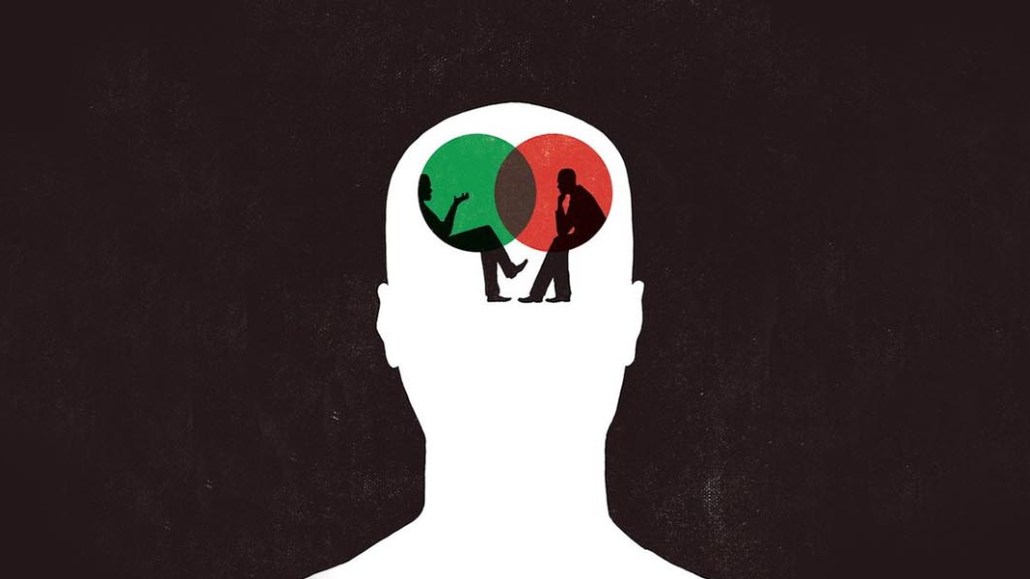The new most important role at agencies: Brand-safety officer

Clients are demanding their ads not show up in seedy places, so agencies are increasingly looking to hire chief brand-safety officers to act as point people for the fight against bad ad placements.
IPG Mediabrands’ UM appointed Joshua Lowcock as global brand-safety officer this week. His mandate is to lead the agency’s effort to stop advertising from running in “inappropriate” content and create safety protocols for the agency’s clients.
Lowcock said brand safety is getting more complex and about more than simply protecting media investment, noting instances like the Facebook-Cambridge Analytica scandal. “The question is, is it working with [platforms] or driving better behavior from them?” he said. “It’s the second: from platforms, from media partners and even ad tech companies.”
Similar roles are cropping up elsewhere. GroupM’s Joe Barone, managing partner for brand safety in the Americas, was appointed last year to that role to focus on brand-safety elements, including viewability, ad fraud and the context in which advertising appears. GroupM also has a dedicated brand-safety practice, established in 2016, led by evp John Montgomery.
At Bank of America, the team is in the process of hiring a brand-safety officer that will essentially focus on making sure the company gets what it pays for when it comes to advertising. Speaking at the CMO Summit at the Mobile World Congress earlier in the year, Bank of America’s svp Lou Paskalis said the role was a direct response to brand-safety issues like last year’s YouTube scandal. The bank declined to comment on the progress of the search and whom it is looking to hire.
This week, the American Association of Advertising Agencies announced that it’s creating an Advertiser Protection Bureau, which includes members from Dentsu Aegis, Publicis Media, GroupM, Havas, Horizon and IPG Mediabrands. Each holding company will have one brand-safety leader on the bureau, and the idea is to work together for clients, by notifying each other if and when they see ads in unsafe environments.
Opportunism is at play, of course. Last year, when a flood of brands pulled ad campaigns from YouTube after seeing ads appear alongside objectionable content, agencies used that opportunity to remind clients they weren’t asleep at wheel — and that brand safety was top of mind. It rankles agency buyers that brands want brand-safe environments, but often don’t want to pay the premium associated with them. As one buyer told Digiday, the brand-safety crises have come with extra scrutiny of agencies. From accounting for every dollar to checking every impression, clients are getting much more in the weeds, this buyer said. “To me, a brand-safety role or roles is a way to reassure them we’re doing our part.” That means agencies defend their importance to and role for clients.
A Digiday survey of media buyers in March found that brand-safety concerns have a growing impact on how agencies buy media, with over half of the respondents saying agencies are responsible for brand safety. Only 14 percent said brand safety was the brand’s responsibility.
Silos are also an issue. At many agencies, brand safety remains the responsibility of multiple people. At iProspect and Dentsu Aegis, there are multiple people in digital roles who have brand safety in their remits. The argument for a centralized role is that brand-safety incidents are often not just about one brand, or even one agency.
“The analogy I use is with credit cards, where when there is fraud, all the banks work together to fix and identify,” said Lowcock. “It’s good for everyone.”
More in Marketing

WTF is the American Privacy Rights Act
Who knows if or when it’ll actually happen, but the proposed American Privacy Rights Act (APRA) is as close as the U.S. has ever come to a federal law that manages to straddle the line between politics and policy.

Here’s how some esports orgs are positioning themselves to withstand esports winter
Here’s a look into how four leading esports orgs are positioning themselves for long-term stability and sustainability, independent of the whims of brand marketers.

Marketing Briefing: Marketers eye women’s sports as a growth area amid WNBA draft, record March Madness
Marketers are considering the space more this year, according to agency execs, with some noting that the women’s athletes may get more attention from brands ahead of the Summer Olympics this July.





